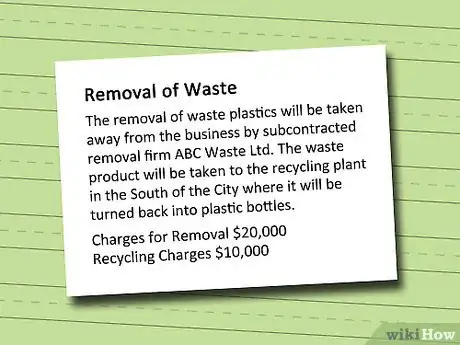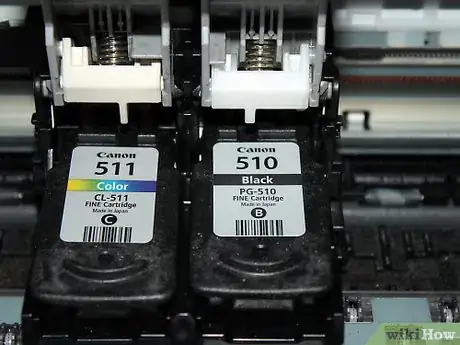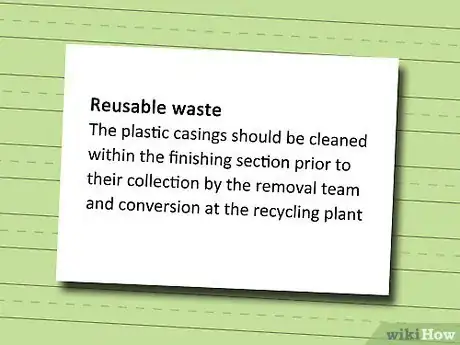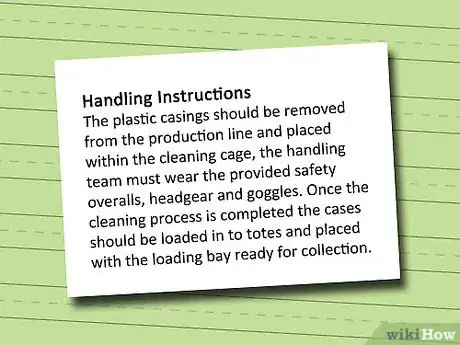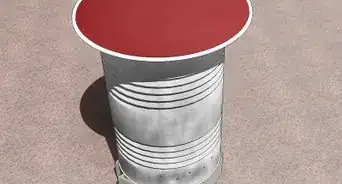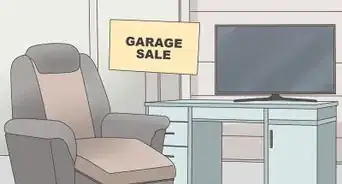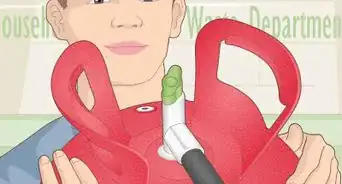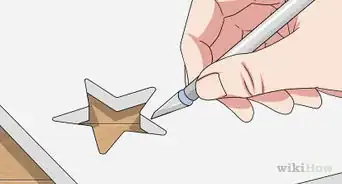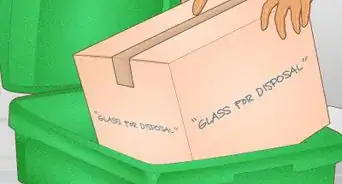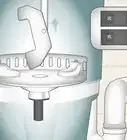wikiHow is a “wiki,” similar to Wikipedia, which means that many of our articles are co-written by multiple authors. To create this article, volunteer authors worked to edit and improve it over time.
This article has been viewed 105,702 times.
Learn more...
Waste management plans are guides for reducing, handling, and disposing of waste during construction, renovation, or land-clearing projects. Detailing all types of waste and their origins, the steps taken to lower the level of waste, and plans for removing and eliminating waste, these plans are often given to contractors or subcontractors and provide guidelines for keeping waste at a minimum. Because they are often required for larger projects, it is important to know how to write a waste management plan to account for all aspects of waste reduction and removal.
Steps
-
1Describe and calculate all types and quantities of waste involved in your project.
- Obvious types of waste include building scraps, waste water, natural materials, and human waste. Remember to account for secondary forms of waste including trash produced by building crews and excavated materials.
-
2Divide your waste into refuse, recyclables and reusable waste.Advertisement
-
3Describe how you will remove refuse waste including details about cost, removal crews, the types of vehicles used, and the location and type of the eventual refuse destination.
-
4Account for the nature and removal of recyclables and indicate all types of recyclables as well as cost and who will be removing the recyclables and their ultimate destination.
-
5Describe the nature and utility of reusable waste including all information as well as any extra steps needed to clean or refurbish reusable waste.
-
6Provide instructions for the handling of all types of waste including detailed instructions for equipment needed when managing waste, as well as any safety procedures for waste crews.
-
7Draw up goals for waste reduction and indicate how refuse waste can be minimized with specific quantity goals for waste reduction.
-
8Divide instructions for managing waste for each contractor, subcontractor, or crew involved in the project.
- Include all aspects of the actual project as well as waste removal itself, making the responsibilities of each party clear and what information they need to know and share with other parties.
-
9Create a list of all waste removal sites, including dumpsters, junkyards, recycling centers, and the destinations of reusable waste.
-
10List and add all information and costs including details about how your project complies with all laws governing the management and removal of waste.
Warnings
- Do not underestimate the amount of waste your project will produce. In most cases, there is more waste than you expect. Make sure you have practices in place to account for any extra waste, and ensure that your waste destinations can accommodate any overflow.⧼thumbs_response⧽
Things You'll Need
- Details about the size, nature, and cost of your project
- Information about the quantity, type, and destination of your waste
- Waste management plan template


